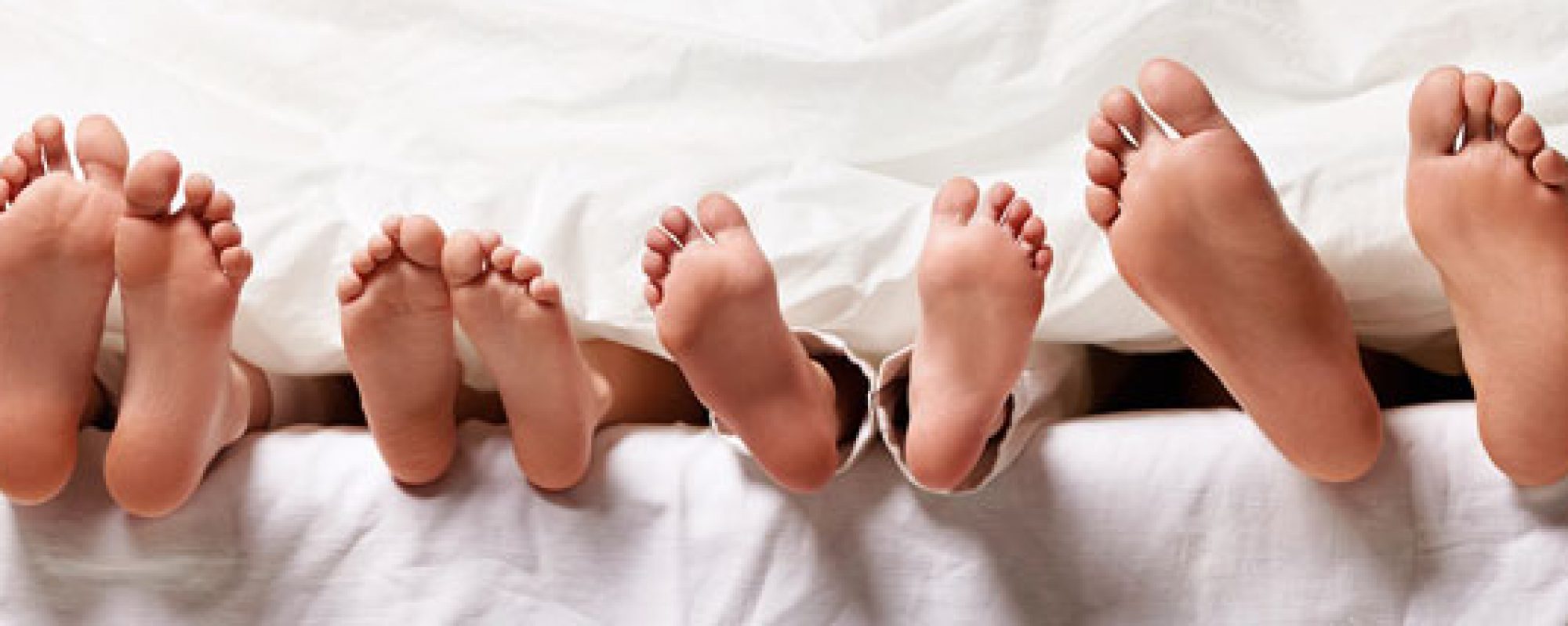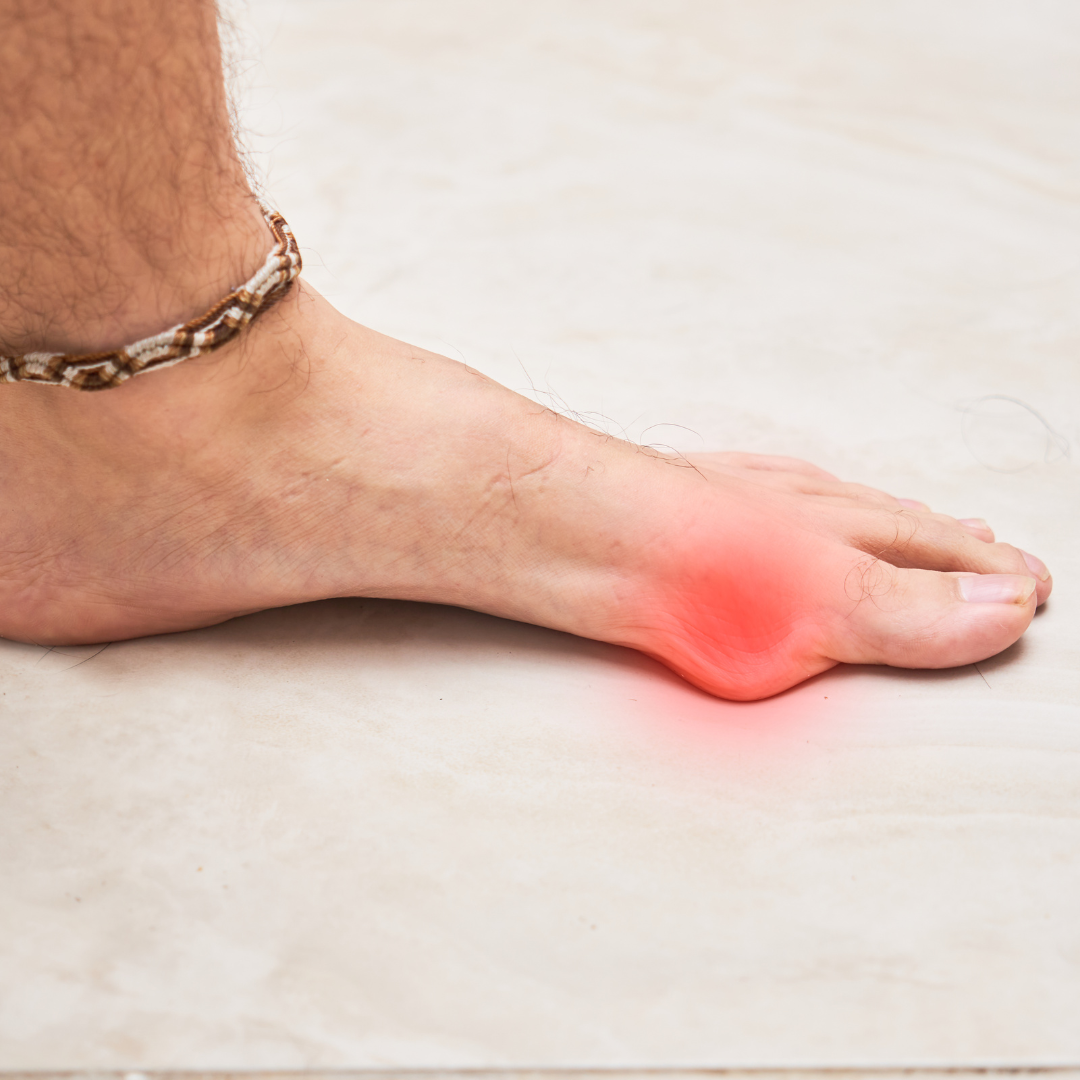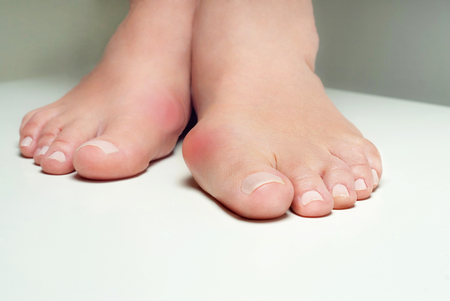Are you dismissing the new — or old — bump on the side of your big toe joint? What you see is most likely a bunion, a type of progressive toe deformity. To your surprise, it may not be causing pain. We encourage you, however, to visit a podiatrist regardless of how your toe feels at the time. A bunion is a toe deformity because the bones in the big toe joint are out of alignment. The misalignment will only continue to worsen. If you consider ignoring this condition, listed below are three reasons to reconsider.
Pain May Be Persistent
While some patients aren’t bothered by this condition, others may have a different story. Bunions can become very painful, especially if they are rigid. In the early stages of progression, this type of deformity can be flexible. During this phase, the greatest opportunity is to make improvements without considering surgery.
Other Toes May Be Impacted
The growing size of a bunion can impact the surrounding toes. They, too, can become misaligned. We want to help you prevent the impact on other toes. It is best to monitor the alignment and take steps to prevent it from worsening.
Calluses Can Grow
As your bunion grows, you can guarantee it is rubbing against the inside of your shoe. This friction is the top cause of a callus, a spot of thickened skin. It is your body’s defense against exposure to too much friction. If you aren’t paying attention, your bunion can bring on many other problems.
Step By Step Family Foot Care is here to assist you with your podiatry needs! To make an appointment with Dr. Debra Manheim, call us at (973) 917-3785 or visit our site to schedule an appointment. The staff at our Parsippany office is ready and eager to help.



